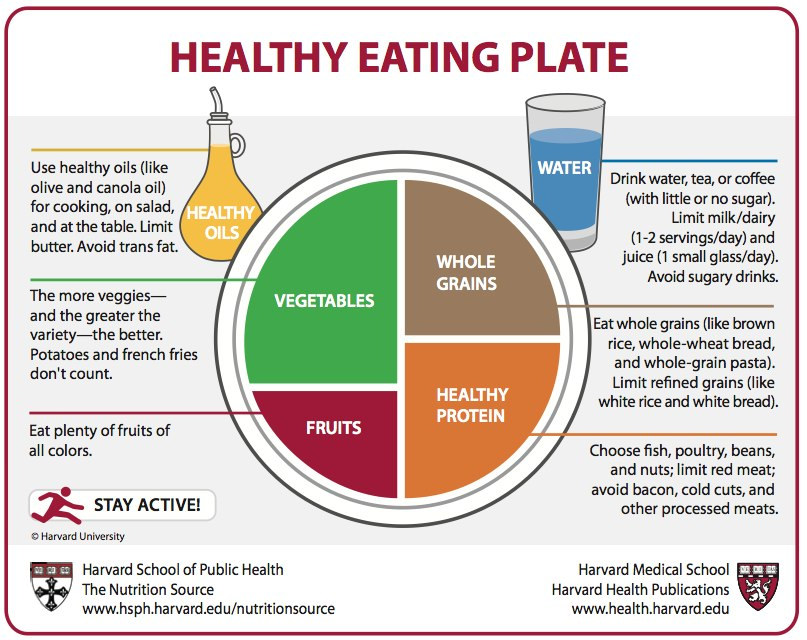There are many diet fads from the Internet. Most of them are hyped up, trendy and some are even dangerous. A lot of articles claim to burn or melt belly fat by eating, eliminating or combining certain food. Unfortunately, most of them has very little substantial evidence to support their claim.
Most of us want to lose weight and to “tone up”. To get their 6 packs, or to lose their hips or buttocks. I have bad news for you. There is no such thing as targeted fat reduction, unless you go through surgery. Some may shed fats at their face first and their hips last, some at the chest area first or some at the arms. It really depends on your genetic build up. For a safe, sustainable and successful weight loss, you need to EXERCISE and WATCH WHAT YOU EAT. And no, you cannot out exercise a bad diet. Nor can you tone up just by going on a diet.
Nutrition is one of the most complicating topic to address. With so many noises out there, it is difficult to tell which is true, and which are just plain nonsense. The keyword to a successful diet is to EAT MODERATELY and make better food choices.
To do that, here are the 3 simple steps:
1. KNOW YOUR INGREDIENTS
Make better choices by knowing your ingredients. When you pick a dish, most menu will list down their ingredients. Select ingredients that are unprocessed and as natural as possible. Read the nutrition label before you buy packaged food from the supermarket. Try to break down the ingredients when you order your food from the hawker stall. For example, a plate of fried rice may contain rice, palm oil, soy sauce, chili sauce, chicken fillet, cabbage and egg. Remember, sauces and other form of flavoring also counts! This simple task makes you understand your food better and it also teaches you to make better decisions before you order. When selecting ingredients, choose the following:
PROTEIN – lean meat, fish, chicken, nuts, legumes, seeds
FATS – olive oil, vegetable oil, nut oil
CARBOHYDRATES – grains, lentils, legumes, medium or low glycemic index (GI) carbs, brown or brasmati rice, fruits & vegetable, etc.


For more information, visit http://www.glycemicindex.com/
2. KNOW HOW IT IS PREPARED
When preparing food, choose raw (vegetables or fruits), grilled, roasted, steamed or boiled over deep fried. Deep frying may increase calories up to 50%!

Grilled chicken Oven roasted pumpkin
Oven roasted pumpkin
3. PORTION YOUR FOOD
Eating too much of any good food is also bad for you. Even super foods such as seeds and nuts can make you put on weight if over consumed. The keyword here is to portion out your food according to your calorie needs. So you’ve selected your ingredients and decided on how you plan to prepare it. The next question you need to ask is, how much?

I do not belief in eliminating any food group from your diet. A good diet must have a good mix of carbs, fats and protein. However, if you’re an endurance athlete, you need more carbs compared to an average Joe. If you’re a body builder, you may need more protein. But, for the general active public, the Harvard Healthy Eating Plate provides the best guideline to manage your weight while you stay fit and healthy through exercise. Different gender and body size requires different plate size. To determine that, use your own fist. The visual guide below is a good reference on how much grain, vegetable, protein and fats you should have in a plate.
 If your goal is to lose weight, you may make some adjustments by reducing the amount of grains (rice, pasta, etc.) to reduce calories.
If your goal is to lose weight, you may make some adjustments by reducing the amount of grains (rice, pasta, etc.) to reduce calories.
By using these 3 simple steps, you should be able to know how to prepare your own meal, or order at a restaurant.
For more weight loss tips, visit this link below.

